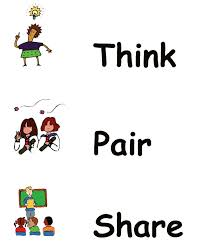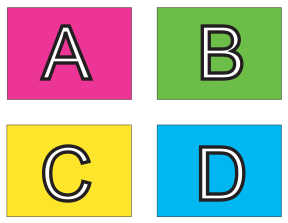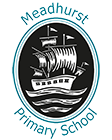Assessment
How assessment works at Meadhurst.
There are many ways teachers make assessments for your children. On our school website we specifically layout out our Learn, Thrive, Achieve philosophy for each of our wider curriculum subjects. Here you will be able to find what our aims, how we implement, and what impact we want to see.
Our aim for all our curriculum is to implement a broad and balanced curriculum so that children know more, remember more and can do more. At the end of each term, we carry out pupil voice surveys to ensure subjects are achieving our set aims. Along the journey there will be two main forms of assessment the teacher will be engaged with - formative assessment (AFL) and summative assessment. Formative assessments will be happening continuously through the year and summative assessments will act like checkpoints to see how much has been learned.
All of these assessments help provide the teacher with information to then make a judgment on whether your child is working below, working towards, at expected or working at greater depth of the age-related expectations.
Assessment for Learning – what has the child learned so far?
Assessment for learning is also known as AFL and it is an approach to teaching and learning designed to improve students’ performance and create effective feedback. The main aim of AFL is to close the gap between the learners current learning and where they need to be for their summative assessment. The key question being what has the child learned so far? Examples of AFL in the classroom could include:
Think-Pair-Share
This is one of the many formative assessment strategies that is simple for teachers to use. The teacher asks a question and the students write down their answers. Students are then placed in pairs to discuss their responses. Teachers are able to move around the classroom and listen to various discussions. It lets them gain valuable insight into levels of understanding.

A, B, C, D cards
Give learners four cards: A, B, C, D. Ask questions with four answers and ask them to show you their answers. You could do this in teams too.

Mini-whiteboards
Ask learners to write their answers on mini-whiteboards or pieces of paper and show it to you (or their peers).

There are a number of different benefits of assessment for learning. These include the following:
- Students are more involved in the learning process and from this gain confidence in what they are expected to learn and to what standard.
- Students start to think more actively about where they are now and where they want to go and how they can get there.
- AFL improves learner outcomes as research has shown that effective AFL improves summative assessment results.
- AFL can increase learners confidence in their ability to reach targets through hard work and determination.
- AFL techniques, such as peer feedback, can help more able learners to reinforce their learning by explaining ideas to less able classmates.
- AFL enables learners to become less passive in the classroom and makes them become more independent learners.
- An AFL approach helps to create a supportive and cooperative classroom.
Summative assessment – what did the child learn overall?
Summative assessment measures the overall comprehension of the subject matter by the student at the end of a unit or term. At Meadhurst we have many forms of summative assessment. Examples include:
- NTS assessments – see below for more detailed information about what these are and how we use them.
- End of unit checks within subjects – this could come in the form of a quick quiz or a piece of writing, or another activity that allows the children to now show what they know.
- End of year reports
NTS assessments years 1-5
At MPS we use NTS tests to help compliment teacher assessment for your child.
How it works: The children will sit the tests in the second half of each term and then their raw score will be converted into a standardised score. Using information from NTS guidance a child who is on track to achieve “expected” will score approximately 100. Importantly, even a score of 94 would have a strong prediction that the child would be on track to achieve “expected” for their end of year expectations. These assessments are then used to compliment teacher assessments.
Performance indicator thresholds: Below is a table explaining the thresholds between standardised scores and performance indicators.
|
Performance Indicator (age related expectations) |
Standardised Score |
|
Working towards |
Up to 93 |
|
Working at expected |
94-114 |
|
Working at greater depth |
115 and above |
An example of a full cycle of assessments
Child X results:
|
Standardised Score Maths |
Standardised Score Reading |
Year X |
|
110 |
117 |
Autumn |
|
106 |
109 |
Spring |
|
104 |
115 |
Summer |
We would interpret this information to indicate that the child would be meeting the expected standard for Maths and be working at Greater Depth for reading. All this information is combined with the Teacher Assessment. Sometimes teachers may not agree with the assessment because they will have a much richer assessment knowledge form working with the child in the classroom.
If you have any questions about your child’s assessments, please speak with your class teacher.

